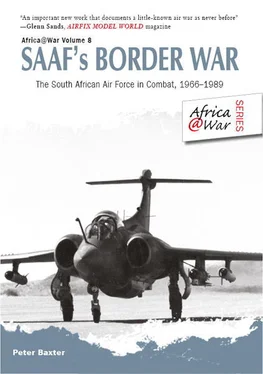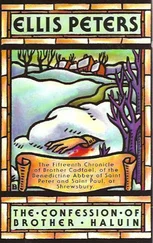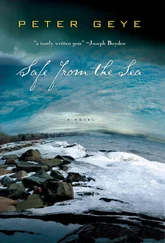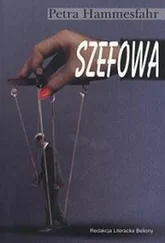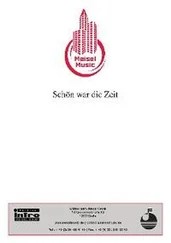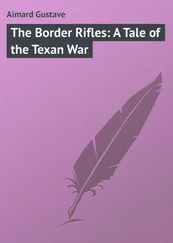Peter Baxter - SAAF's Border War
Здесь есть возможность читать онлайн «Peter Baxter - SAAF's Border War» весь текст электронной книги совершенно бесплатно (целиком полную версию без сокращений). В некоторых случаях можно слушать аудио, скачать через торрент в формате fb2 и присутствует краткое содержание. Город: Solihull, Год выпуска: 2013, ISBN: 2013, Издательство: Helion & Company, Жанр: military_history, на английском языке. Описание произведения, (предисловие) а так же отзывы посетителей доступны на портале библиотеки ЛибКат.
- Название:SAAF's Border War
- Автор:
- Издательство:Helion & Company
- Жанр:
- Год:2013
- Город:Solihull
- ISBN:978-1-908916-23-5
- Рейтинг книги:3 / 5. Голосов: 1
-
Избранное:Добавить в избранное
- Отзывы:
-
Ваша оценка:
- 60
- 1
- 2
- 3
- 4
- 5
SAAF's Border War: краткое содержание, описание и аннотация
Предлагаем к чтению аннотацию, описание, краткое содержание или предисловие (зависит от того, что написал сам автор книги «SAAF's Border War»). Если вы не нашли необходимую информацию о книге — напишите в комментариях, мы постараемся отыскать её.
SAAF's Border War — читать онлайн бесплатно полную книгу (весь текст) целиком
Ниже представлен текст книги, разбитый по страницам. Система сохранения места последней прочитанной страницы, позволяет с удобством читать онлайн бесплатно книгу «SAAF's Border War», без необходимости каждый раз заново искать на чём Вы остановились. Поставьте закладку, и сможете в любой момент перейти на страницу, на которой закончили чтение.
Интервал:
Закладка:
Four bitter, divisive and bloody liberation wars were fought in the region before the final focus fell on South Africa itself in the great and global anti-apartheid movement of the 1980s. These were the Mozambican and Angolan wars fought concurrently by Portugal to suppress local liberation movements, the Rhodesian war which, although of a somewhat different character, was defined by the same basic principles, and the war for the liberation of South West Africa which is partly the focus of this narrative.
It is not possible, however, to examine one without at least making reference to each of the others, for each in many ways was interlinked, and as each territory fell in sequence, the general movement toward liberation was strengthened, quite as the rather plaintive defence of the line by minority European regimes was weakened.
Of importance also is the fact that the war in South West Africa differed in certain key areas from any other that had been fought hitherto. South Africa was, and remains, a regional superpower, with characteristics both militarily and economically that have more in common with the developed world than the developing world. To even a casual visitor to South Africa this is quite evident, with a national freeway system and transport infrastructure, as just one example, that is by world standards impressive and by African standards miraculous.
Similarly, the national civic structure, the industrial infrastructure and the institutions of government, law enforcement and defence in South Africa hardly bear comparison with any other nation-state in the region. It stands to reason, therefore, that wherever South Africa should choose to stand and fight there would be a fight indeed.
CHAPTER ONE:
BACKGROUND TO THE SAAF
And so it was, but here we are specifically concerned with the South African Air Force, and its role in the South African Border War that was fought between 1966 and 1989. The SAAF as an institution has enjoyed an august reputation and a history concurrent with all the major contributing nations of the world. The Wright Brothers, of course, achieved the first powered flight in a heavier-than-air machine but quickly thereafter others began to experiment with and improve upon the principle. The first aircraft constructed in South Africa was that imported and assembled by civil engineer and South African aviation pioneer John Weston in Brandfort in 1907, although this particular machine did not achieve flight until it was completed in France three years later. The first powered aircraft to actually take to the air in South Africa was a Voisin single-sea-engine-powered pusher biplane belonging to a visiting French aviator, M. Albert Kimmerling, who demonstrated his craft briefly at the Nahoon Racecourse in East London. It was Weston, however, in 1911, who recorded what has since been accepted as the first confirmed sustained powered flight in South Africa. Weston thereafter established the John Weston Aviation Company and in the same year – 1911 – the Aeronautical Society of South Africa.
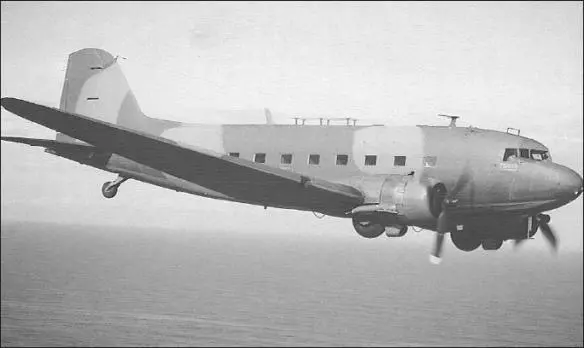
With the formation of the Union of South Africa in 1910, the first minister of defence, General Jan Smuts, set about moulding a unified military from the at times antagonistic remnants of the Anglo–Boer War. The Defence Act of 1912 established a Union Defence Force, command of which was given to General Christiaan Frederick Beyers who later persuaded Jan Smuts to consider the introduction of an air wing to the fledgling South African military formation. Contact was made with a certain Cecil Compton Paterson, another local aviation pioneer, who began training the first draft of ten would-be aviators at his flying school located just outside Kimberley, forming the nucleus of the South African Aviation Corps (SAAC), a branch of the Active Citizen Force (ACF).
Within a few years the world was at war and the value of aircraft in battle was put to the test. South African pilots were absorbed into the Royal Flying Corps, as were aviators from across the imperial spectrum, including from the Rhodesias. [4] Arguably the most famous of these was Arthur ‘Bomber’ Harris who lived in both Rhodesia and South Africa and rose to the leadership of the RAF Bomber Command during the Second World War.
In South West Africa the SAAC flew in support of South African forces under the direct command of generals Botha and Smuts, flying in a reconnaissance role for the most part, achieving little as an offensive tool, with bombing sorties tending to be highly experimental and rarely effective. The same was largely true for the Germans.
Notwithstanding constrained post-war economics, meanwhile, 1 February 1920 saw the appointment of South Africa’s first Director of Air Services and the establishment of the South African Air Force. The imperial government allocated 100 sundry aircraft from its extensive war stocks, as it did for each of the dominion air forces, complete with a full complement of spares and equipment. At a later point, a further 13 aircraft were obtained from various other sources which brought the total up to 113. An aerodrome was established at Zwartkop, now Air Force Base (AFB) Swartkop, situated south of Pretoria and not far from the suburb of Waterkloof where one of the main South African air force bases is located.
Nearby too was the aircraft and artillery depot where, despite acute Depression-era fiscal difficulties, the early foundations of South Africa aeronautical industry were born. Here the general repair and maintenance of SAAF aircraft evolved into more specific aircraft modification and adaption, and then full assembly with the grant of a licence to locally build the Westland Wapiti, a British two-seat general-purpose military single-engine biplane, with the first locally-built variant taking to the air on 4 April 1931.
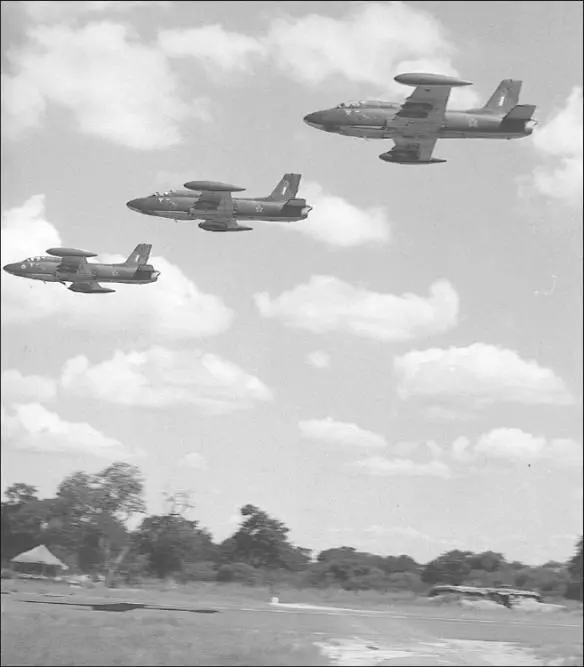
At the same time the SAAF itself grew at a steady pace with the establishment of three new squadrons, bringing the total to seven, and the construction of new stations and bases at Waterkloof, Bloemfontein, Durban and Youngsfield. A central flying school was also established with satellite training centres located in each of the provinces.
Notwithstanding all this, South Africa was caught somewhat on the back foot by the outbreak of the Second World War. The country did, however, now have excellent training and base facilities which, alongside the natural attributes of climate and landscape, made South Africa a fairly obvious choice to be part of the proposed Empire Air Training Scheme. This was a series of empire-wide agreements whereby the key dominions would host and help train RAF airmen. Training in the skies over England itself while the Battle of Britain was on was hardly feasible and the RAF needed to rapidly build up the necessary manpower resources that would be needed once the brave few holding back the Luftwaffe over the English Channel had done their work.
It is interesting to note that a number of empire pilots were present among ‘the few’ during that great and iconic air battle of the Second World War, among them Rhodesians and South Africans, 25 of the latter, with some aces among them. A 1941 news item from United Press made this remark: “The Royal Air Force disclosed today the identities of its ten leading aces. One is a former financial clerk in a newspaper office; another, a former South African sailor. One has artificial legs; one is only 22 years old; one shot down six German planes in six hours.” The South African sailor was Adolph Gysbert Malan, the celebrated fighter pilot who led 74 Squadron RAF through the Battle of Britain, surviving the war with a record of 27 confirmed kills and three probables.
Читать дальшеИнтервал:
Закладка:
Похожие книги на «SAAF's Border War»
Представляем Вашему вниманию похожие книги на «SAAF's Border War» списком для выбора. Мы отобрали схожую по названию и смыслу литературу в надежде предоставить читателям больше вариантов отыскать новые, интересные, ещё непрочитанные произведения.
Обсуждение, отзывы о книге «SAAF's Border War» и просто собственные мнения читателей. Оставьте ваши комментарии, напишите, что Вы думаете о произведении, его смысле или главных героях. Укажите что конкретно понравилось, а что нет, и почему Вы так считаете.
